Major changes coming to Metrobus routes 10A, 10B, 10E, and 9E on March 30
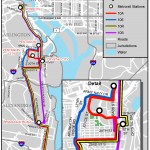
Last fall we let you know about changes we proposed on the bus routes serving Hunting Point and the Mount Vernon Avenue/Jefferson Davis Highway corridor. We developed the original proposal based on recommendations that emerged from a comprehensive study conducted on Routes 10A, 10B, and 10E in 2013. In the weeks leading up to our September public hearings as well as in oral and written testimony given at those hearings we received numerous comments and opinions on the options we presented. We incorporated that feedback into an adjusted proposal and presented it to Metro’s Board of Directors for approval.
On Sunday, March 30, 2014, Metro will implement these changes that will impact Metrobus routes 9E, 10A, and 10E. We believe riders will benefit from faster travel times and improved connections between Alexandria, Crystal City and Rosslyn.
What these changes mean for you:
Route 10A riders:
During the a.m. peak period northbound (from Hunting Point) and the p.m. peak period southbound (to Hunting Point), Route 10R will replace 10A service. Route 10R will provide a direct connection between Crystal City and Rosslyn bypassing the Pentagon. Existing 10A passengers traveling to the Pentagon may take a Route 10E bus or transfer to Metrorail at Braddock Road Station. These changes do not impact off-peak, weekend, a.m. peak period southbound (from the Pentagon) or p.m. peak period northbound (to the Pentagon) 10A service. Read more…

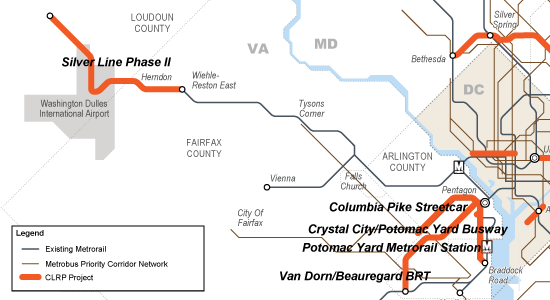
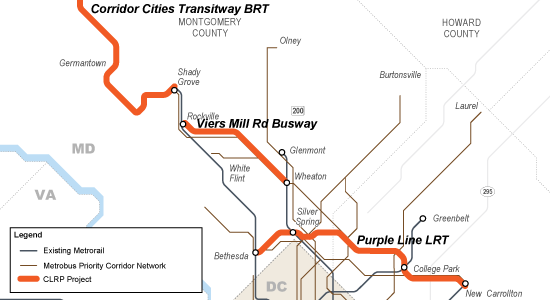
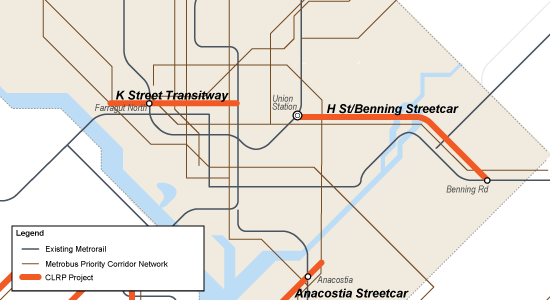
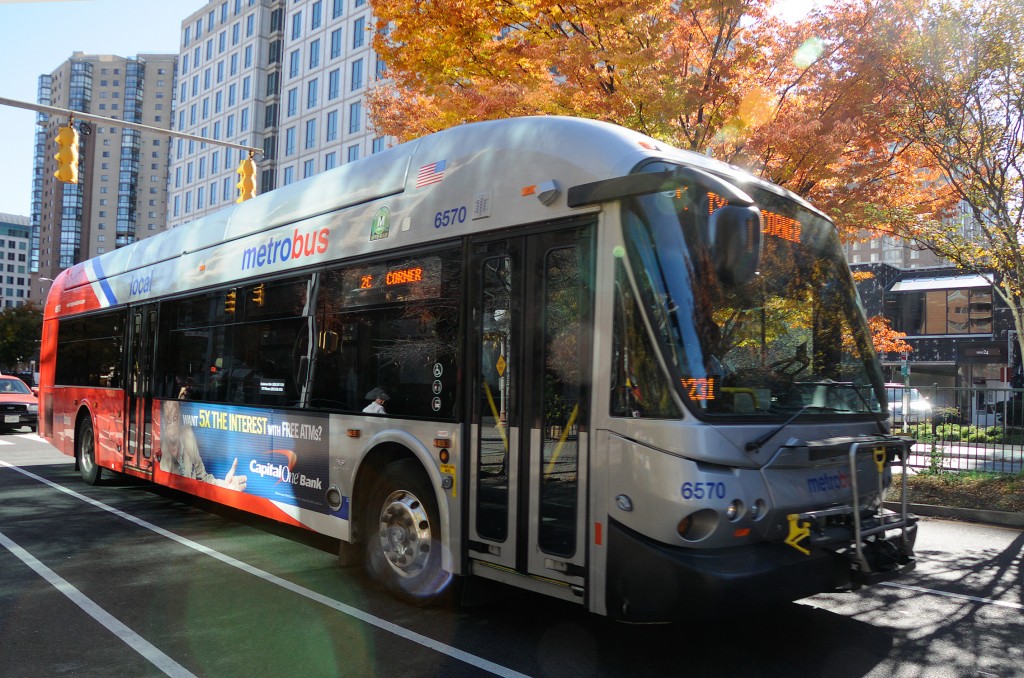
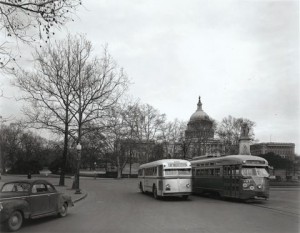
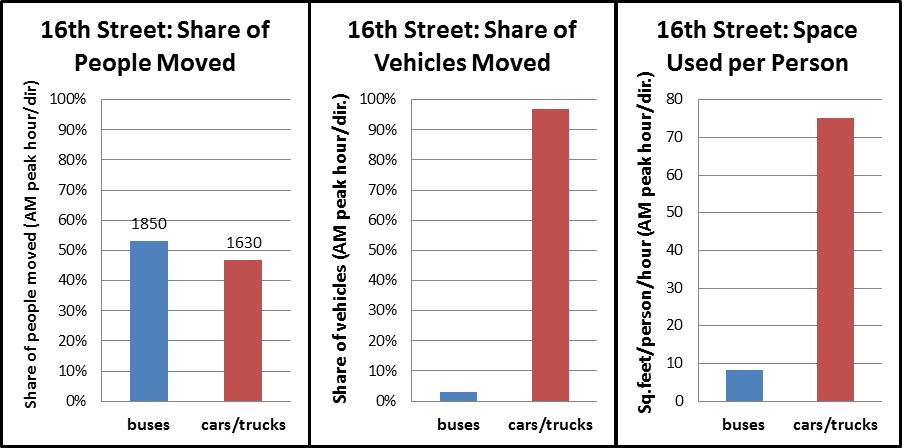
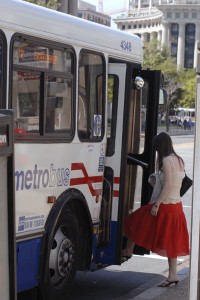

Recent Comments